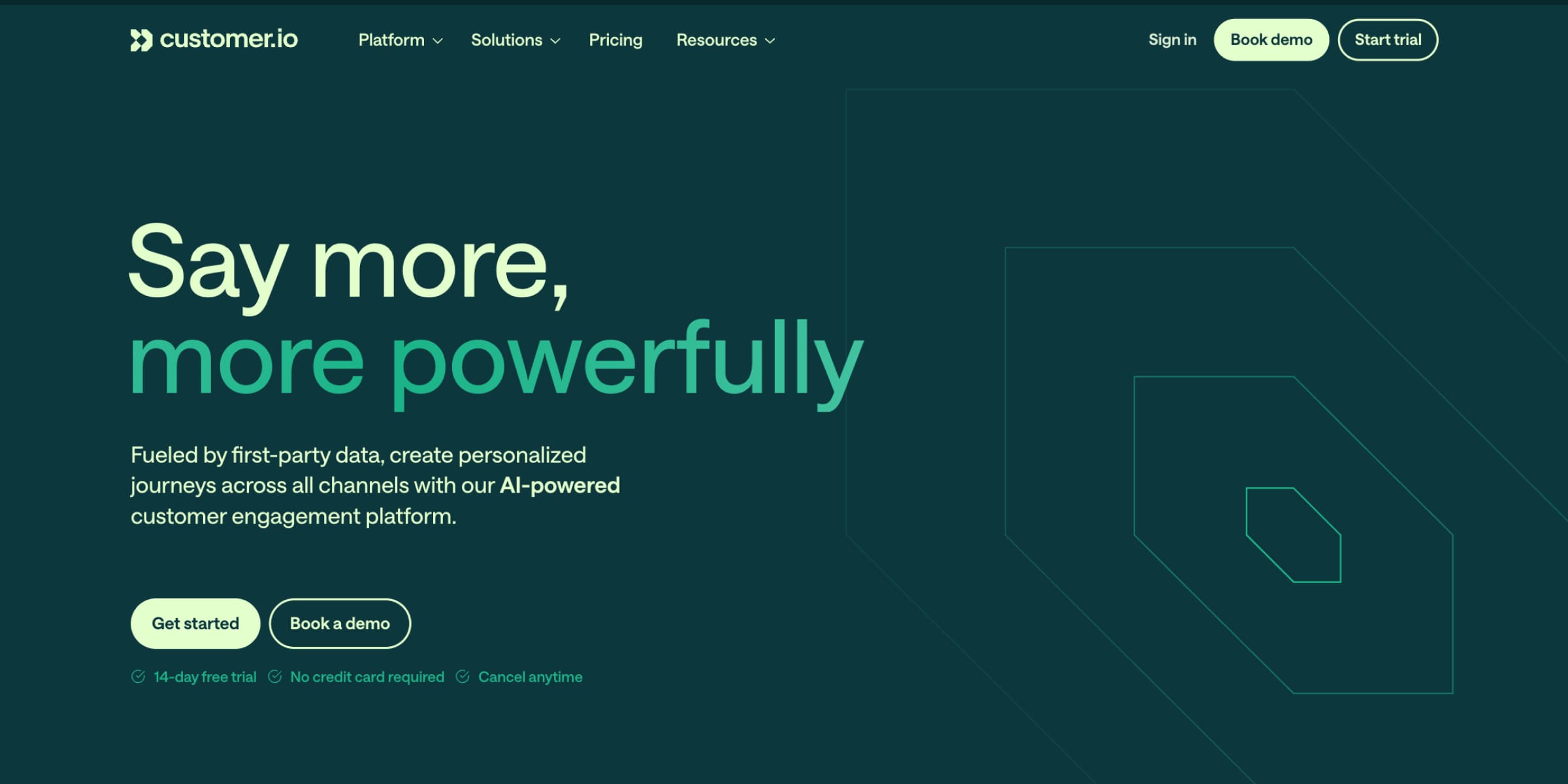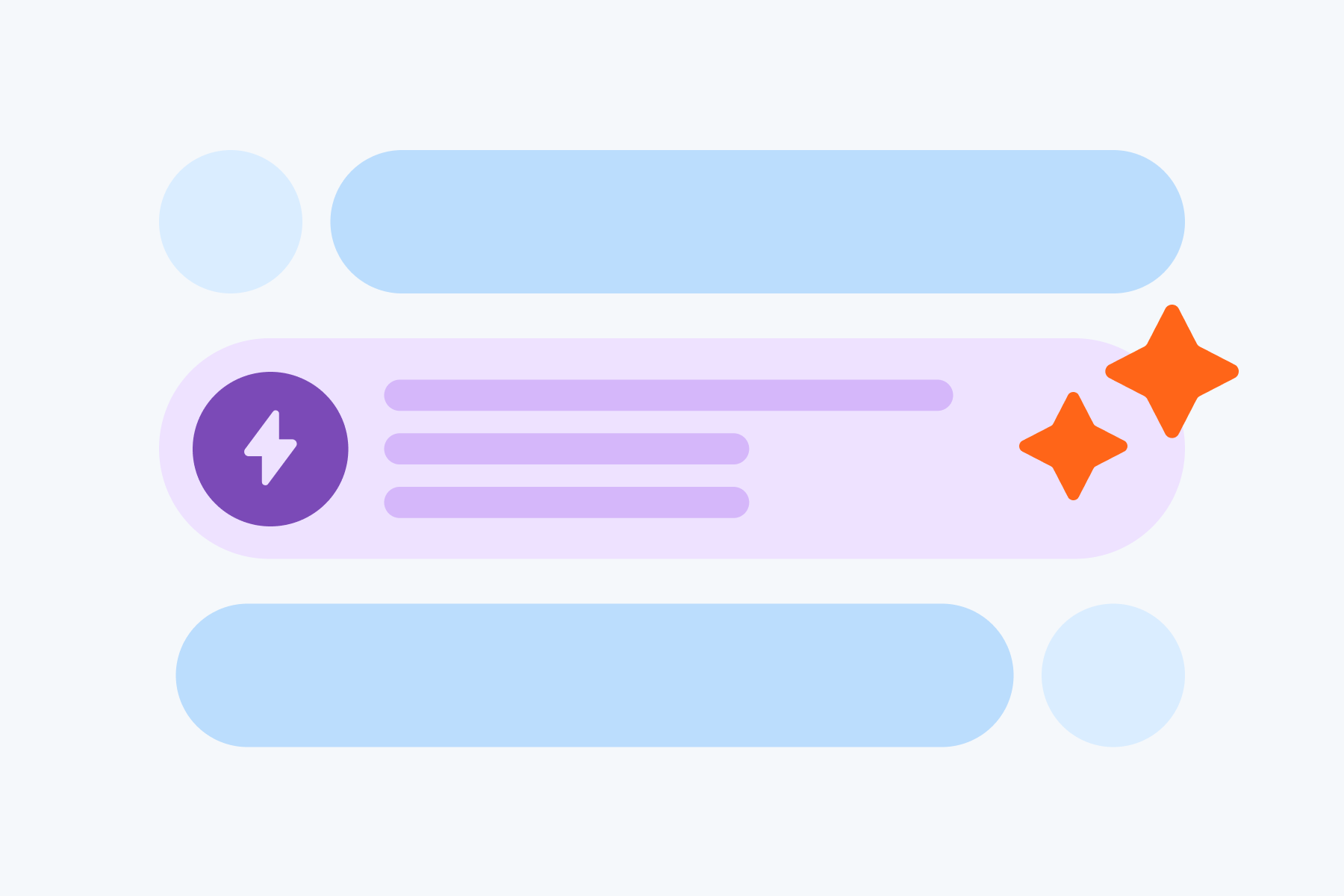Top 10 Marketing Automation Tools for Your SaaS Success
Anastasiya Khvin
November 17, 2025

At Aimers, we've been collaborating with SaaS companies for quite some time, and there’s a trend we can’t help but notice. Many founders are paying out $1,200 every month for HubSpot, yet they’re only sending out about 10,000 emails. Meanwhile, marketing teams are coping with Marketo as if it were an unbeatable challenge.
Everyone seems to be going after the same big names. Sure, those tools get the job done. But they can be pretty costly and complicated. To be honest, most SaaS businesses don’t really need all that power right now.
Why Most SaaS Companies Are Using the Wrong Marketing Automation Platform
When it comes to selecting a marketing automation tool, you might have gone through the same thought process as many others do when choosing a gym membership. It's often all about brand recognition and the influence of your peers.
We see this trend frequently at Aimers. A Series A company might come in with Salesforce and Pardot, shelling out big bucks for enterprise pricing. Yet, their team, which consists of just three marketers, is likely only utilizing about 15% of the available features.
According to G2's 2024 Marketing Automation Grid Report, most companies report using less than 40% of their marketing automation platform's capabilites. That's a lot of wasted money.
.jpg)
At Aimers, we help SaaS companies build growth engines that actually last (https://aimers.io). Marketing rarely fails because of low traffic. The real leak is often deeper in the funnel, in how you're nurturing and converting leads.
The Hidden Cost of Choosing Popular Over Practical
Last year we audited 50+ SaaS marketing stacks. The companies struggling most with growth? They were spending 60% of their marketing team's time just managing their martech stack.
One client came to us paying $3,400 monthly for their marketing platform. Except they also needed a part-time Marketo admin at $50 per hour. That's another $4,000 monthly minimum.
Gartner research shows that marketing leaders waste up to 28% of their martech budgets on unused or underutilized features. When we did a full audit and strategy overhaul for one B2B SaaS client, we discovered they were paying for three separate tools that overlapped in functionality. Consolidating to the right stack saved them $2,100 monthly while increasing conversion rates.
1. Encharge: Best All-in-One Marketing Solution for Early-Stage SaaS
.jpg)
Encharge is what happens when someone builds marketing automation specifically for SaaS companies. What makes this marketing automation tool special? It thinks in behavioral triggers, not just demographic segments.
How This Marketing Automation Tool Combines Email Marketing and CRM Without the HubSpot Price Tag
Instead of paying for HubSpot's CRM ($45 monthly per user minimum) plus Marketing Hub ($800+ monthly)? You're looking at $49 to $199 monthly for most early-stage SaaS companies using Encharge.
You can trigger campaigns based on API events from your product, Segment data, or webhook calls from your support system. The visual flow builder doesn't make you feel like you need a degree in Boolean logic.
We built a client's entire onboarding sequence with nine different paths depending on user role and features explored. Result? 40% higher activation rates and 25% bump in trial-to-paid conversion.
2. Userlist: The Conversational Marketing Platform Built for SaaS Growth

Userlist is built specifically for B2B SaaS with product-led growth but sales-assisted conversion.
Traditional email automation thinks in campaigns. SaaS marketing automation needs to think in user journeys that span months and touch multiple stakeholders.
Userlist tracks companies, not just individuals. When three people from the same organization are poking around your product, you can orchestrate messaging that makes sense for their collective journey.The conversational approach means you're not just blasting emails.
It's not the cheapest option (starts around $100 monthly). But for B2B SaaS companies trying to bridge the gap between marketing automation and actual human sales conversations? We've seen it reduce sales cycle length by 20-30%.
3. ActiveCampaign: Powerful Marketing Automation for Lead Generation and Sales Alignment
.jpg)
Most SaaS marketers sleep on ActiveCampaign because they think it's just an "email marketing tool for agencies." That's a huge mistake.
Creating Alignment Between Marketing and Sales Teams in One Platform
ActiveCampaign's CRM and marketing automation combo lets you score leads based on email engagement AND website behavior AND product usage. When a lead hits your threshold, it automatically creates a deal in the CRM and assigns it to a sales rep with full context.
We implemented this for a $2M ARR SaaS client. Their close rate improved by 31% in the first quarter. You can see similar results in our case studies, where proper tool selection and setup made all the difference.
Start with the customer journey, not the features. Use tags strategically. Audit quarterly. HubSpot's marketing statistics show that companies who regularly audit their marketing automation see 20% better performance year-over-year.
4. Drip: The Affordable Marketing Automation for Bootstrapped Companies
.jpg)
Drip got pigeonholed as "e-commerce focused" then quietly built out incredible SaaS capabilities. For bootstrapped SaaS companies, Drip offers serious power for the price. We're talking $39 monthly to start.
The workflow automation builder is legitimately excellent. Where Drip really shines is its events system. You can send custom events from your app via API, then trigger automation based on those events.
We helped a pre-seed SaaS client build their entire growth engine on Drip for under $100 monthly total. They later raised a Series A and kept Drip because it was working.
If you need deep attribution modeling, you'll want to supplement with proper analytics and tracking.
Quick Pricing Comparison: Underrated Tools vs. Industry Giants
.jpg)
5. Hootsuite: Best Social Media Marketing Automation Tool for Multi-Channel Marketing
.jpg)
Hootsuite's automation capabilities for social media marketing are criminally underutilized by SaaS companies.
Hootsuite lets you set up RSS feeds, content queues, and automated responses that keep your social presence active without constant manual input. The real magic happens when you integrate Hootsuite with your email platform using marketing automation tools like Zapier.
When we run paid social campaigns for SaaS clients, the automation layer is what makes everything scalable. Research from Sprout Social indicates that B2B companies using social media automation tools see 2.5x higher engagement rates compared to manual posting.
6. Zapier: Top Platform for Workflow Automation and Sales Team Efficient

Zapier is one of the most powerful marketing automation tools for SaaS, even though it's technically not a marketing automation platform.
At Aimers, we've built absurdly effective marketing and sales automation using Zapier as connective tissue.
Using Marketing Automation to Bridge Marketing and Sales Operations
The biggest friction in most SaaS companies isn't between marketing and sales teams, it's between marketing and sales systems.
We built a workflow that sent formatted Slack messages to sales reps within 60 seconds of lead qualification. Follow-up time dropped from 18 hours average to under 2 hours. Close rates improved by 22%. This kind of efficiency is crucial for effective PPC lead generation where speed matters.
According to Salesforce research, companies with strong sales and marketing alignment achieve 20% annual revenue growth on average.
7. Notion: The Right Tools for Content Marketing-Driven SaaS Companies
.jpg)
If your SaaS growth strategy is content-driven, Notion's automation capabilities combined with its database features create a content marketing machine.
We built a content system in Notion for a SaaS client producing 3-4 blog posts, 2 videos, and a weekly newsletter. Their content output actually increased while the team reported feeling less stressed.
Notion is also ridiculously affordable. Free for small teams, $10 monthly per user for Plus. If you're looking for more specialized marketing tools for SaaS, this pairs well with other platforms in your stack.
8. Omnisend: Best Tools for Email Campaigns and Personalization
.jpg)
Omnisend got pigeonholed as "for e-commerce" then quietly became incredibly good for SaaS companies with product-led growth models.
Why Personalized Email Automation Remains Critical in 2025
Email remains the highest-ROI marketing channel for B2B SaaS, consistently delivering $36-$42 for every dollar spent.
We built an onboarding sequence with 14 different potential paths depending on user role, company size, and feature exploration.Result? 56% improvement in feature adoption and 31% improvement in trial-to-paid conversion.
Epsilon research shows that 80% of consumers are more likely to purchase when brands offer personalized experiences.
9. Customer.io: Robust Software for SaaS Businesses with Complex Funnels

Customer.io is what you graduate to when you've outgrown simpler tools but don't want enterprise-level complexity. This is purpose-built for SaaS companies with complex user journeys and sophisticated product-led growth.
Advanced Marketing Strategies for Growth Marketing Teams
Growth marketing for SaaS isn't traditional marketing. You're managing a continuous lifecycle: acquisition, activation, retention, revenue expansion, and referral.
We used Customer.io to solve a retention problem for a client losing 8-10% of customers monthly. Within four months, churn dropped to 4-5% monthly, worth about $300K annually for a $2M ARR company. Similar to our work with full-funnel PPC strategies, proper automation at each stage drives real results.
Research from ProfitWell (now Paddle) demonstrates that improving retention by just 5% can increase profits by 25-95%.
Pricing starts around $150 monthly and scales based on profiles. By 10,000 profiles, you're looking at $800-1,500 monthly.
10. Autopilot (Ortto): Best Automation for Early-Stage SaaS Companies
.jpg)
Autopilot occupies an interesting niche: visual automation that's sophisticated enough to be useful but approachable enough that you don't need to be a marketing technologist.
Choosing the Right Automation Tool: What Many SaaS Businesses Miss
The most powerful tool isn't always what you need. It's the one your team will actually use consistently and correctly.
When we help SaaS clients choose automation tools at Aimers, we assess four things:
Tool Selection Framework: 4 Critical Factors to Evaluate
.jpg)
How to Evaluate the Right Tools for Your Marketing Needs
Stop trying to find the perfect tool. It doesn't exist. Every platform has trade-offs.
Forrester's research on marketing technology emphasizes that successful marketing technology adoption depends more on strategic alignment and team capabilities than on feature sets. At Aimers, when we're building marketing stacks for SaaS clients, we start by mapping their customer journey and identifying critical automation needs at each stage. When paired with proper conversion rate optimization, the right marketing automation tools can transform your entire funnel. That's how you choose the right marketing automation tools to acheive real results.
Real Results from Our Clients: What Proper Tool Selection Delivers
.jpg)
Ready to Build a Marketing Automation Stack That Actually Works?
Most SaaS companies we work with at Aimers come to us after wasting months (and thousands of dollars) on the wrong tools or poorly implemented strategies. They're frustrated with low email engagement, disconnected systems, and marketing automation that feels more like marketing complication.
The truth is, choosing the right marketing automation tools is just the first step. The real value comes from proper implementation, strategic workflow design, and continuous optimization based on your specific customer journey. That's where we come in.
Whether you're just starting out and need help building your first marketing automation system, or you're scaling up and ready to implement more sophisticated tools like Customer.io or ActiveCampaign, our team has worked with SaaS companies at every stage. We'll help you choose the right tools for your budget and goals, set them up properly, and build automation workflows that actually drive conversions, not just activity.
Get in touch with our team to discuss your marketing automation needs. We'll show you exactly what a properly implemented automation strategy looks like for your specific situation, and how it can help you scale growth without scaling headcount.










